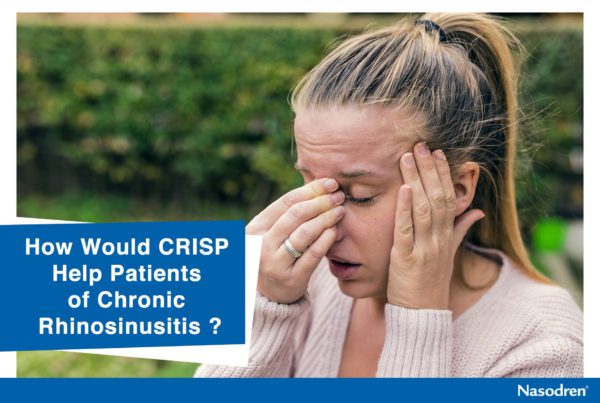Useful facts about cromolyn and other nasal sprays
A cromolyn nasal spray stops the release of histamine from the mast cell. Chromolyn inhibits calcium transmembrane flux, prevents degranulation due to antigen and therefore stabilizes membranes of the mast cell. The cell stabilization prevents release of histamine responsible for inflammatory cell action.
Cromolyn sodium is derived from khellin, found in Ammi visnaga plant. The intranasal cromolyn sodium is used as a 4% topical nasal spray. The safe spray reduces release of allergy agents.
Chromolyn reduces nasal pruritus, rhinorrhea and sneezing. This spray is used to treat perennial and seasonal allergic rhinitis. The cromolyn also helps in reducing asthma.
However, chromolyn does not resolve nasal polyps, non-allergic rhinitis and acute allergic rhinitis.
Chromolyn also has some side effects, such as bad aftertaste, headache, nasal burning and stinging, and sneezing. However, adverse effects are limited to some cases only. The cromolyn nasal sprays are sold without prescription in the U.S.A.
The cromolyn nasal sprays are prophylactic that means a preventive measure. Since the spray action is delayed, i.e. it takes some time to start working, start using the spray before pollen season begins for desired results. Moreover, continue to use the nasal spray during exposure period as well.
The intranasal cromolyn is less effective than the intranasal corticosteroids. However, in some cases, intranasal cromolyn benefits patients.
The body absorbs a minimum amount of cromolyn and the remaining unchanged medication is excreted. However, its multiple doses are required daily. The U.S. Food and Drug Administration (FDA) approved intranasal cromolyn as Pregnancy Category B medication.
Other sprays
In some cases, topical adrenergic agents are used before a nasal spray administered to reduce inflammation for better delivery of the spray.
Before starting the maxillary sinus surgery based on the minimally invasive sinus technique (MIST), a number of doses of nasal sprays are given to the patient to cause vasoconstriction that will decrease bleeding and increase operative visibility.
Since sometimes sinusitis is confused with symptoms developed due to excessive use of over-the-counter (OTC) vasoconstrictor nasal sprays, diagnosis of acute sinusitis becomes difficult.
Children suffering from hay fever are prescribed nasal sprays. The sprays are given with oral antihistamines, as the spray does not treat associated eye problems.
A corticoid-nasal spray is used for nasal polyposis.







